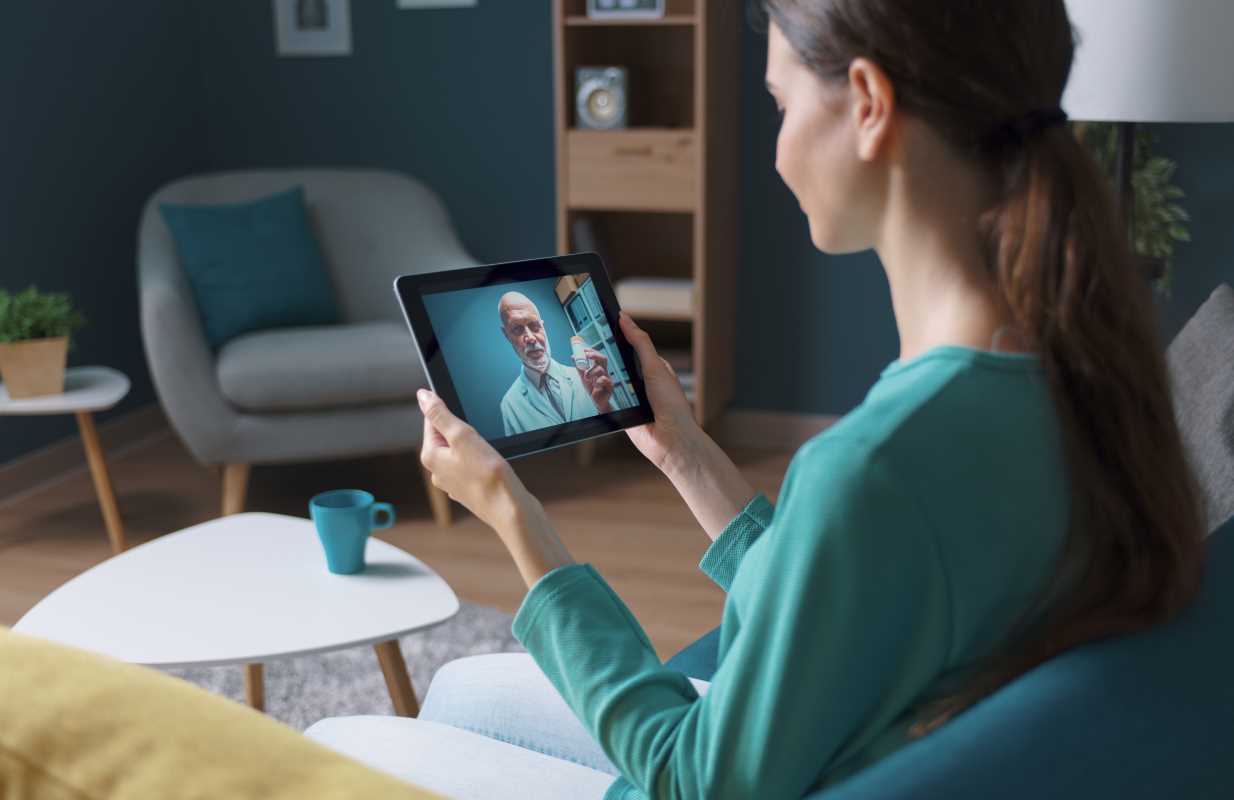Virtual healthcare has grown in popularity, and dermatology is no exception. With online dermatologist appointments becoming more accessible, many people are opting for virtual care to address skin issues. But how do these digital consultations compare to in-person visits? To help you decide what’s right for your needs, we’ve broken down the pros and cons of dermatologist virtual appointments.
The Pros of a Dermatologist Virtual Appointment
1. Convenience
One of the biggest perks of virtual dermatologist appointments is the convenience. No need to take time off work, commute to a clinic, or sit in a waiting room. With just a few clicks, you can connect with a specialist from the comfort of your home, saving both time and energy.
2. Accessibility for Remote Areas
If you live in a rural area or far from a dermatology clinic, virtual appointments open the door to expert care. Telehealth eliminates the need to travel long distances, giving people in underserved areas better access to dermatologists.
3. Cost-Effectiveness
Virtual appointments may also be more cost-effective than in-person visits. Many telehealth platforms offer competitive rates, and you can save on additional costs like transportation and parking. Plus, if your insurance covers telehealth services, some or all of your virtual appointment cost might be reimbursed.
4. Faster Appointments
For routine matters like acne consultations, prescription refills, or follow-ups, virtual visits often move much more quickly than in-person ones. Many platforms allow you to book same-day or next-day appointments, which is helpful when you have concerns that need prompt attention.
5. Privacy and Comfort
If you feel self-conscious about visiting a clinic to discuss your skin issues, virtual consultations can provide a level of privacy you might appreciate. Being able to speak to a dermatologist from your home makes the experience feel less intimidating.
The Cons of a Dermatologist Virtual Appointment
1. Limited Physical Exams
One major limitation of virtual appointments is that doctors can only rely on visuals shared through your camera or uploaded photos. While this works for many issues, it limits their ability to perform thorough physical exams, such as feeling the texture of a mole or identifying subtle skin irregularities.
2. Procedures Aren't Possible
Some dermatological needs, like mole removal, biopsies, or certain advanced treatments, require hands-on care that can only happen in an office setting. If a procedure is necessary, a virtual appointment might only serve as a first step before an in-person session takes place.
3. Camera Quality Matters
To diagnose or assess your skin condition, dermatologists rely on clear images. Unfortunately, a poor internet connection or low-quality camera can make it difficult for them to see your skin accurately. This could lead to delays in getting the right diagnosis or treatment plan.
4. Not Ideal for Complex Cases
While virtual care is great for mild to moderate skin concerns, it can fall short for more complex cases. Chronic conditions, rare rashes, or unusual moles may require in-depth examinations and lab tests, which aren’t possible online.
5. Less Personal Interaction
Some people value face-to-face interactions and might feel that virtual appointments are less personal. Building a rapport with a dermatologist can be harder over a screen, especially during a first-time consultation.
When to Choose Virtual vs. In-Person Appointments
Virtual dermatology appointments are perfect for routine concerns, such as acne, eczema flare-ups, or simple prescription refills. They’re also a good starting point if you’re unsure whether your condition needs in-person attention.
However, in-person appointments are essential for more serious or complex issues, such as suspicious moles, severe psoriasis, or conditions that require lab work or physical procedures. If you’re dealing with something urgent, like rapid changes in a mole or severe allergic reactions, skipping directly to an in-office visit is often the safest choice.
Dermatologist virtual appointments are a convenient, accessible solution for many skin concerns, but they’re not a one-size-fits-all option. By weighing the pros and cons and considering your specific needs, you can make the best choice for your skin health. Combining the benefits of both virtual and in-person care will give you the flexibility and effectiveness to stay on top of your dermatological well-being.
 (Image via
(Image via





